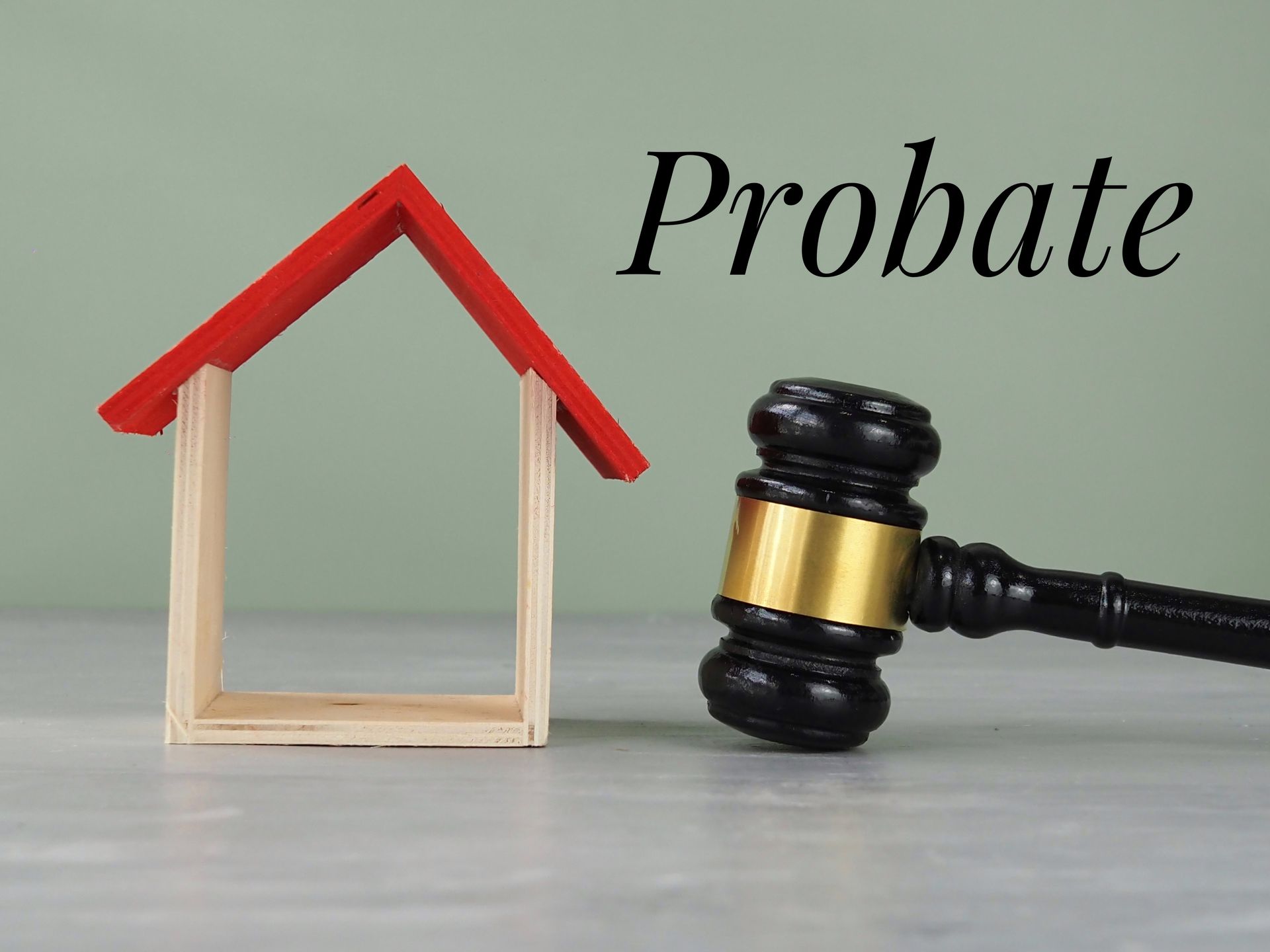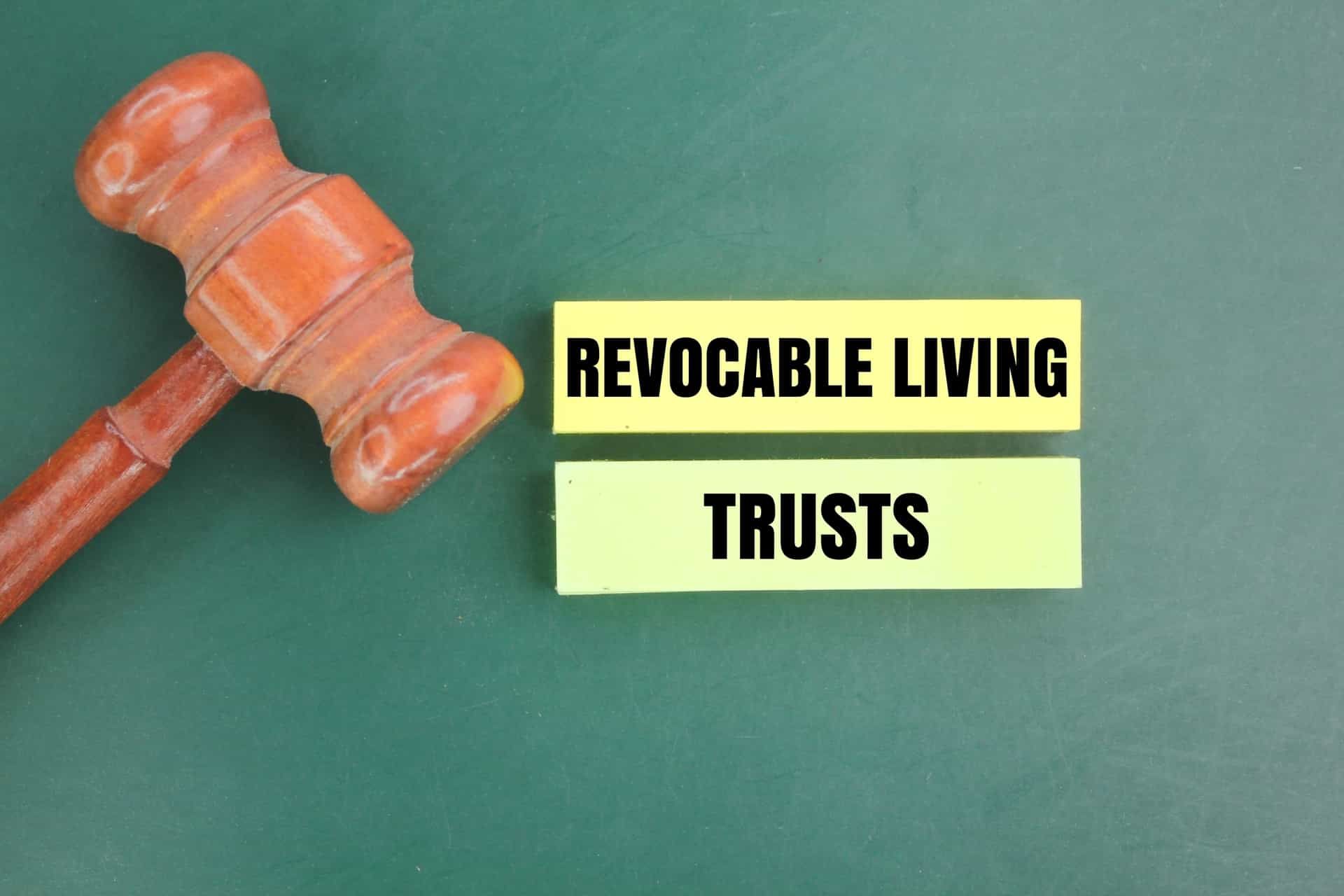Maximizing Your Assets: A Guide to Portability in Estate Planning
One can spend a significant portion of life working diligently to build a substantial nest egg. Naturally, there’s a desire to ensure that these hard-earned assets find their way to loved ones without much loss to taxes. This is where portability in estate planning comes into play.
What Is Portability in Estate Planning?
Portability in
estate planning is essentially a tax provision allowing the surviving spouse to add any unused estate tax exemption of the deceased spouse to their own.
This unused exemption is also referred to as the Deceased Spousal Unused Exclusion (DSUE). The concept of portability was introduced to help protect families from hefty estate taxes.
Understanding the Mechanics of Portability
To fully grasp portability in estate planning, it’s essential to understand the estate tax exemption. The IRS allows a certain amount of an estate to pass to heirs tax-free, which as of 2023, stands at $11.7 million per individual.
If a spouse passes away without using their entire exemption, the remaining portion can be transferred or “ported” to the surviving spouse.
But this doesn’t happen automatically. To utilize portability, the decedent’s spousal executor of the estate must elect it on a well-timed filed estate tax return, even if no tax is due. This IRS form 706 is quite comprehensive, and even without tax due, it requires detailed asset and liability listings.
The Benefits of Portability
So, why should one care about portability in estate planning? The key benefit is the potential to significantly reduce the estate tax burden.
For instance, if a spouse passes away and their estate doesn’t use up the entire estate tax exemption, portability allows the surviving spouse to utilize the unused portion. This effectively increases the surviving spouse’s estate tax exemption, potentially up to twice the individual exemption limit.
Portability can also provide flexibility in asset protection planning. Since it doesn’t require the use of trust structures like the bypass trust, surviving spouses can access the entire estate if needed while still retaining the unused estate tax exemption.
Some Limitations of Portability
As great as portability might sound, it does have its limitations. It only applies to estate taxes, not generation-skipping transfer taxes. This means that the DSUE cannot be used to shield transfers to grandchildren from taxes.
Furthermore, the DSUE is not indexed for inflation. Therefore, over time, the benefit may be eroded by inflation.
Lastly, portability is only available between spouses, and only the most recent deceased spouse’s DSUE amount can be used. This could be a disadvantage in cases of multiple marriages.
Navigating Portability with Professional Help
Given the complexity of portability in estate planning, it’s advisable to seek professional help. Attorneys,
financial advisors, and CPAs can provide the necessary guidance to make the best decisions tailored to individual circumstances.
A Word About Gift Tax
Gift tax is an essential concept to grasp when discussing portability in estate planning. Simply put, gift taxes are types of federal taxes that are applied to anyone giving something of value to someone else.
As of 2023, a gift tax is not applied if the amount of the gift is below the annual gift tax exclusion, which is $17,000 per recipient. It’s important to note that the giver is generally the one required to pay the gift tax.
How Portability Works with Gift Tax
Interestingly, portability is applicable not only for estate taxes but also for gift taxes. This means that any unused estate tax exemption can also be used to cover gifts given during the surviving spouse’s lifetime that exceed the annual gift exclusion limit.
Here’s how it works: If a spouse passes away without using up all their estate tax exemption, the remaining exemption can be added to the surviving spouse’s exemption. This allows the surviving spouse to make larger tax-free gifts during their lifetime than they otherwise could have.
For example, if a deceased spouse only used $5 million of their $11.7 million exemption, the surviving spouse could elect to add the remaining $6.7 million to their own exemption.
This would enable the surviving spouse to give tax-free gifts of up to $18.4 million (their own $11.7 million exemption plus the $6.7 million from their deceased spouse) during their lifetime.
Just like with estate tax, portability for gift tax must be elected on a timely filed estate tax return after the first spouse’s death.
Utilizing Portability for Strategic Gifting
By understanding portability and how it interacts with gift tax, strategic gifting can become a powerful tool in estate planning. By making substantial tax-free gifts during their lifetime, the surviving spouse can reduce the size of their taxable estate. This not only preserves more wealth for the heirs but can also reduce the overall estate tax burden.
While the thought of giving away such significant amounts may seem daunting, remember that these gifts can be spread over time and among multiple recipients. Each year, the surviving spouse can make gifts up to the annual gift tax exclusion amount to as many people as they wish, completely tax-free.
Remember to Consult a Professional
Just like with estate taxes, the interplay between portability and gift tax can be complex. It’s always wise to seek professional advice. Tax professionals, attorneys, or financial advisors can help navigate these waters and create an estate plan that maximizes assets, reduces taxes, and secures the financial future of loved ones.
Wrapping It Up
Estate planning is all about ensuring that hard-earned wealth is preserved for the next generation. Understanding portability is one step in the right direction. Remember, the more knowledge one has about the mechanisms available, the better the chances of maximizing assets, reducing taxes, and securing the financial future of loved ones.
Never forget that while estate planning may seem overwhelming at times, it’s always worth the effort. Start now and rest easier knowing that the future is a bit more secure.
There’s no time like the present to make sure the people who matter most will be taken care of after you’re gone. Portability in estate planning can be a vital tool in this endeavor. Just be sure to seek professional advice to navigate this complex but rewarding area of
financial planning.
Note:
The information in this blog post is for reference only and not legal advice. As such, you should not decide whether to contact a lawyer based on the information in this blog post. Moreover, there is no lawyer-client relationship resulting from this blog post, nor should any such relationship be implied. If you need legal counsel, please consult a lawyer licensed to practice in your jurisdiction.
Disclaimer: The information on this website and blog is for general informational purposes only and is not professional advice. We make no guarantees of accuracy or completeness. We disclaim all liability for errors, omissions, or reliance on this content. Always consult a qualified professional for specific guidance.
RECENT POSTS






